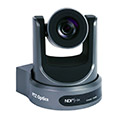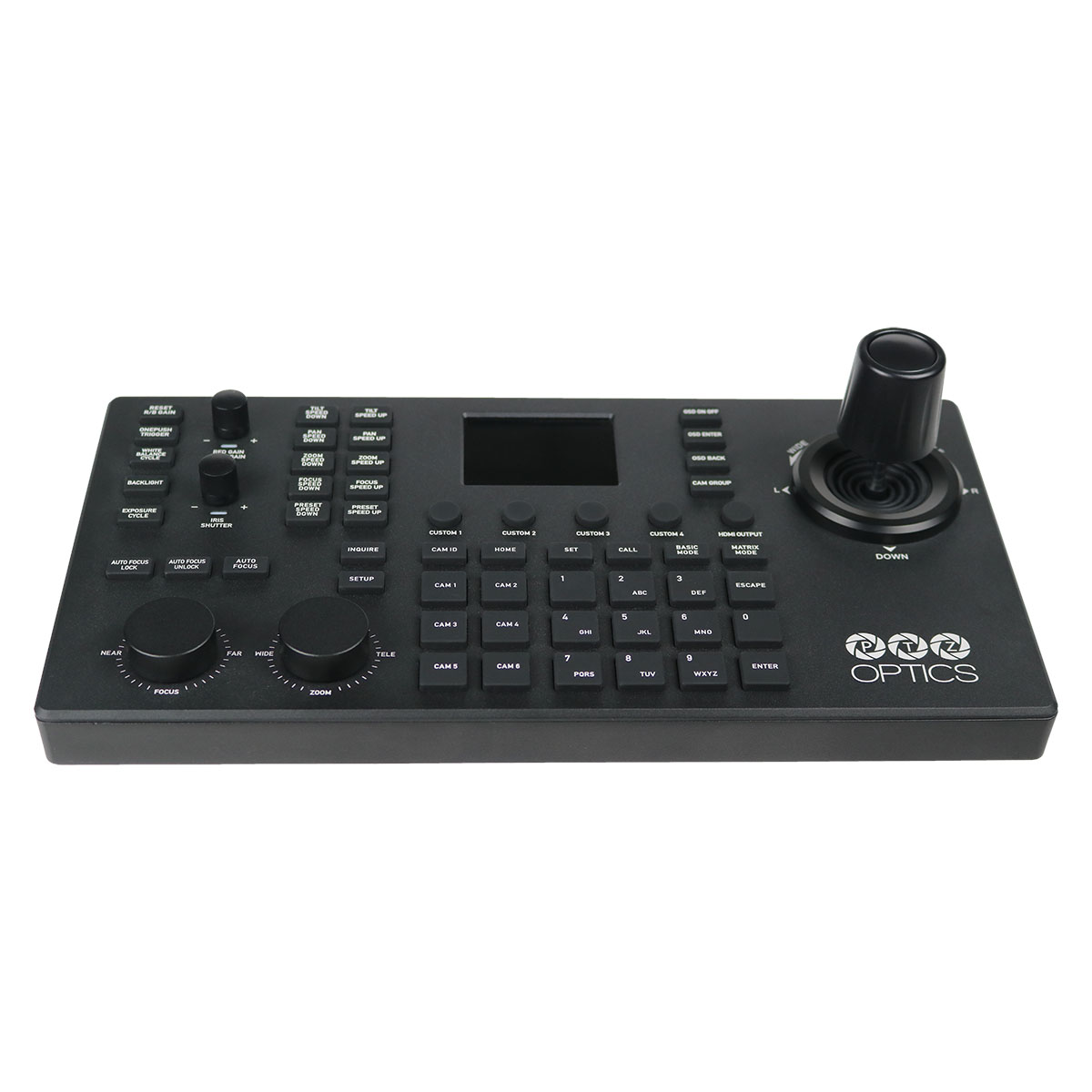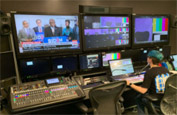3 Crucial Steps for Hosting a Virtual Event
Understanding the Events Industry
How many trillion-dollar industries are expected to double in size over the next ten years? The $1.1 trillion dollar global event industry was expected to grow to $2.33 trillion by 2026 (Allied Market Research) based on a reliable report published before COVID-19. Analysts have been astounded by the growth in the events industry over the past decade. A new “experience economy” has been coined to describe the changing consumer behaviors which have emerged during the age of the smartphone. Despite the incredible growth of screen time the attention modern consumers pour into the digital world, consumers still crave real-life experiences. Today consumers are more willing than ever before to pay for real-world experiences that break through the clutter of our technology-saturated lives.
Understanding your Audience
Great events start by understanding an audience. Event managers who understand their audience can deliver an experience that both excites and engages. Unlike services that are all about time well saved, experiences are about time well spent (The Experience Economy, Pine). Today more than ever, audiences are willing to pay to gain precious time well spent via engaging experiences. Assuming that your event is a success, you may have already had an experience worthy of consumer attention. In the #1 best selling book “The Experience Economy” authors Joseph Pine and James Gilmore explain why “Time is the currency of experiences” and increasing brand exposure via consumer attention now requires the ability to deliver an experience consumers can connect with. The experiences at your event will only happen once during a finite amount of time. This is one reason online audiences are excited to tune in to live events.
Innovative technologies for virtual events
In the SlideShare presentation above, you can learn about a highly effective way to combine one-way live streaming on social media with two-way communications with Zoom Video Conferencing. This combination of technologies can easily be adapted for anything from creating a marketing video with remote guests to hosting a podcast with video. One of the latest communications trends so many of our customers are asking about is virtual events. As the Chief Streaming Officer, for PTZOptics, I am proud to announce that I have recently published a book called The Virtual Ticket which is now available for free here. Using the research from this book I have put together a detailed quick start guide presentation and video available on this page.
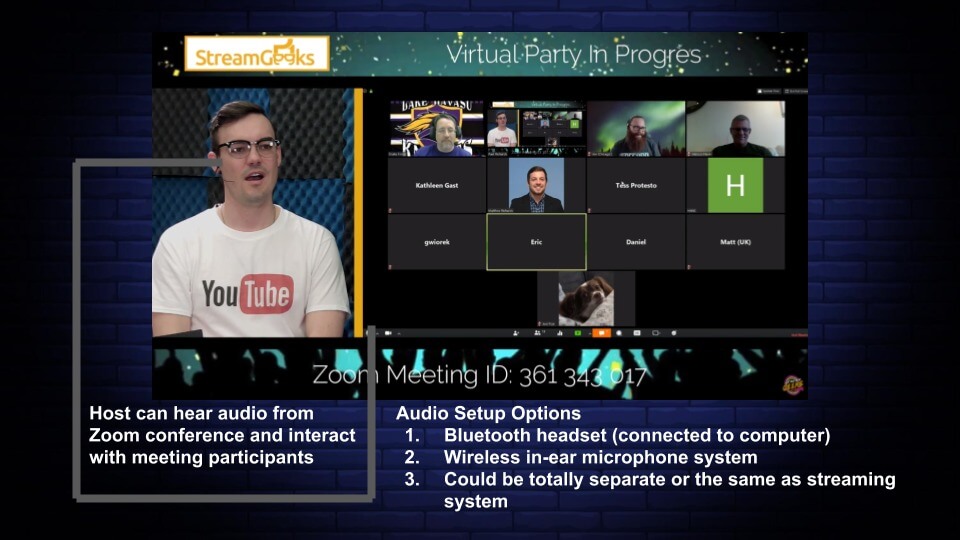
The 3 Crucial Steps are as follows:
1. Maximize Your Exposure By Design
While there are so many ways to gain exposure for your event, the best is to design your event to generate exposure all the way up to the climax of your event. This means that your event needs to be free and shareable on social media. What? Did you want to charge for virtual tickets? That’s okay. The design that you are about to see leverages live streaming on social media websites such as Facebook, YouTube, Twitter, and LinkedIn in order to generate the exposure your event deserves. If your virtual event offers exclusive access to speakers, breakout sessions, workshops, and networking, that is what you should charge for.
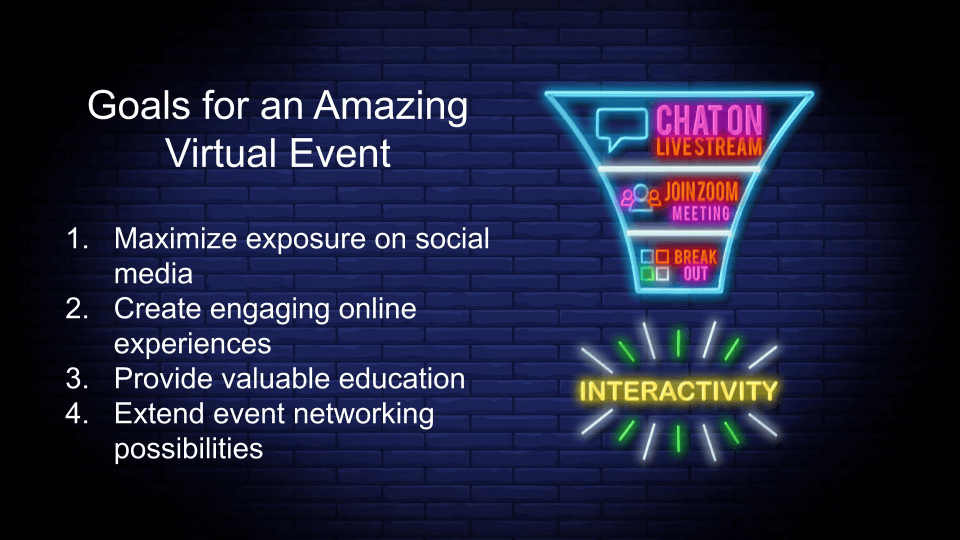
2. Establish the Virtual Experience Funnel
The virtual experience funnel engages audiences where they are: social media. This is a practice our team at PTZOptics has been sharing for years, and it has been refined along the way. At the top stages of this virtual experience funnel you are able to engage audiences using one-to-many live streaming technology on social media websites such as YouTube, Facebook, LinkedIn, Twitter and Twitch. Paying attention to your audiences here and interacting with the chat comments is a crucial step that leads viewers further along in your funnel.
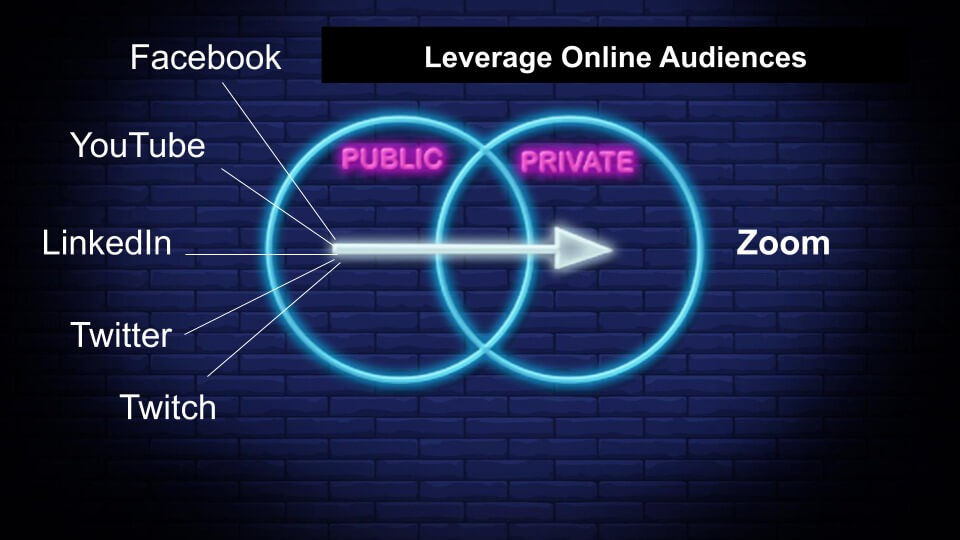
The next step in the funnel is two-way communications. Like most companies, we are leveraging Zoom Video Communications because it’s easy and powerful. This funnel allows viewers to participate in interactive discussions on social media and experience upgrading a passive one-way live stream with a powerful active two-way communication discussion hosted with Zoom.
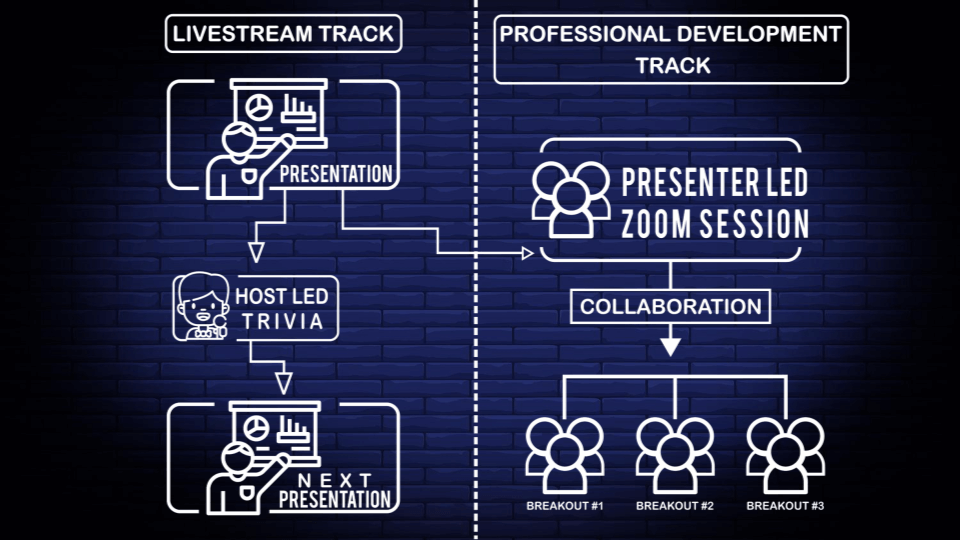
You may be wondering, how can I be two places at once? Well, you certainly can combine Zoom with your live stream, and a perfect example would be any of the recent PTZOptics live streams. There are actually multiple powerful ways you can combine live streaming with two-way zoom video conferencing capabilities. Most events have more than one thing going on at once and your next virtual event can be the same way.
This is a strategy we have used at the WorshipSummit, our Hack the NAB Show and an upcoming event called The Presence Summit. This essentially boils down to having multiple tracks and clearly defining the experience opportunities for your audience. For the PresenceSummit for example, the live stream track is free, and the professional development track using Zoom is a paid option.
3. Engage, Excite, and Invoke a Transformation
Events break through the clutter of our everyday lives and offer us something out of the ordinary. Events are anything but boring, and specialized events can offer detailed education, entertainment that is tailored to specific interest groups who can identify and relate to the content. Great event managers understand their audiences and are able to design experiences that excite and engage their audience’s five senses: sight, sound, touch, smell, and taste. In a virtual event, we have to rely heavily on sight and sound, using our creativity to invoke touch, smell, and taste in innovative ways.
The following quote is from The Virtual Ticket, and it explains a core concept of The Experience Economy.
Unlike services that are all about time well saved, experiences are about time well spent (The Experience Economy, Pine). Today more than ever, audiences are willing to pay to gain precious time well spent via engaging experiences. . In the #1 bestselling book “The Experience Economy” authors Joseph Pine and James Gilmore explain why “Time is the currency of experiences” and increasing brand exposure via consumer attention now requires the ability to deliver an experience consumer can connect with.
It’s now time for the heady theory on the transformational education and experiences your virtual event can offer viewers. The highest level of experience that your virtual event can offer is a transformational experience. To understand the significance of transformational experience, The Virtual Ticket, borrows ideas from international best selling author Joseph Pine the author of the Experience Economy. But before, we dig into the process of invoking the ultimate experience, let’s step back and consider why people actually love attending events.
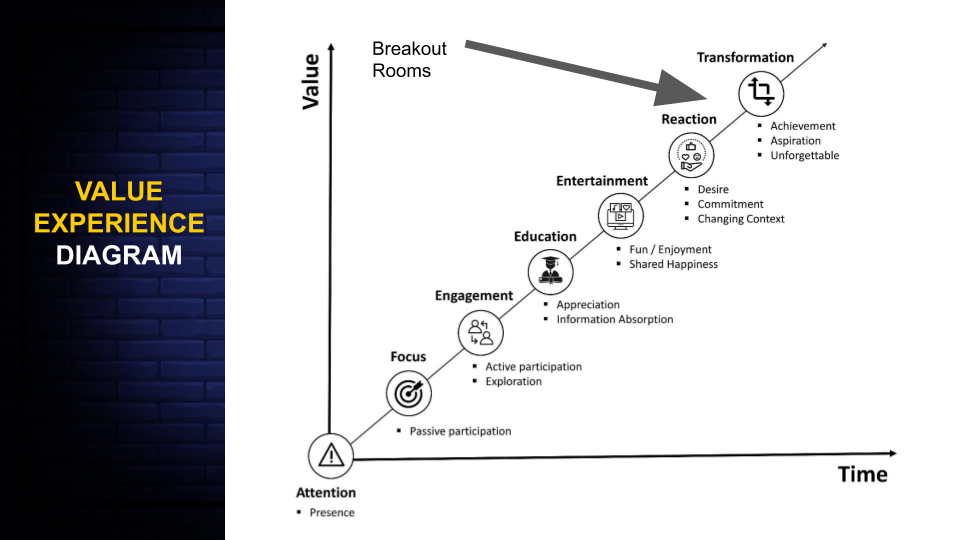
The above diagram outlines the value of time, and a hierarchy used to demonstrate the pathway to transformational experiences. In order to build an audience up to a climactic experience of a transformation, there are various steps required. Of course, you will need the audience’s attention, focus, and participation. Engagement is the name of the game here, and there are essentially two types: passive and active. Passive engagement is a great starting place where viewers are exploring your content and seeing if the sparks of interest go off in their minds.
Education often stops at passive engagement, and the need for active engagement to stimulate a reaction is key for audiences to internalize their experience. This is where engaging technologies such as an Audience Response System or true audience engagement with a speaker/host are necessary to invoke a reaction. Edutainment is a new term used to describe the use of entertainment in the educational process to gain this type of fun enjoyment out of education.
Using a Zoom breakout room
It is here you can really shift from content to context and using two-way communications to do so. Zoom breakout rooms allow you to take a virtual audience into a two-way communication solution where you can engage them in more natural and intuitive ways. 93% of communications are non-verbal. Zoom is perfect for pushing the limits of online communications with a familiar interface the virtual event audience can use to share their video and that crucial non-verbal presence.
A breakout room takes a large Zoom meeting and allows participants to break out into smaller groups. This is used at the Presence Summit in multiple ways that actually come from Joseph Pine’s past experiences as an in-person event designer. The PresenceSummit will have two main types of Zoom breakout sessions. One is called Open Space Collaboration which allows virtual ticket holders the ability to seamlessly switch between multiple Zoom room topics. The other is called Virtual World Cafe Sessions which take a large Zoom meet and deploys small group collaboration inside of breakout rooms.
Conclusion:
If you are hosting a virtual event, one of the best ways to get started is my free book The Virtual Ticket. Another great way to get the creative juices flowing is by attending a virtual event. Our company actually has two virtual events coming up: The Presence Summit and The Worship Summit. Both offer free live stream online tickets and incredibly affordable premium virtual event ticket options. The Presence Summit in particular could be of interest to anyone using online video communications. If you found this information helpful, please let us know in the comments below and feel free to email me at [email protected].
If you have ever seen our PTZOptics Live show you know that we live stream every Wednesday at 2PM EST 11AM PST. Our live show integrates multiple cameras, microphones, video production software and video communication solutions. Perhaps the most popular and asked about technology integration used on the PTZOptics live show is our integration with video production software (vMix and Wirecast primarily) and video communications software (Zoom).

